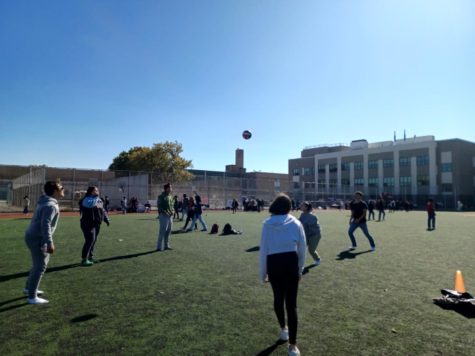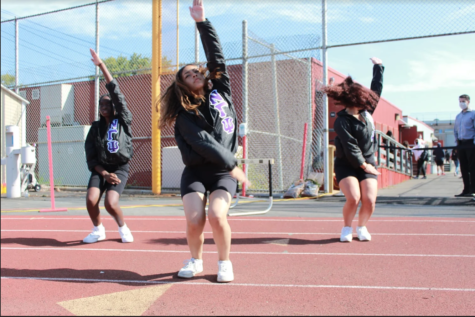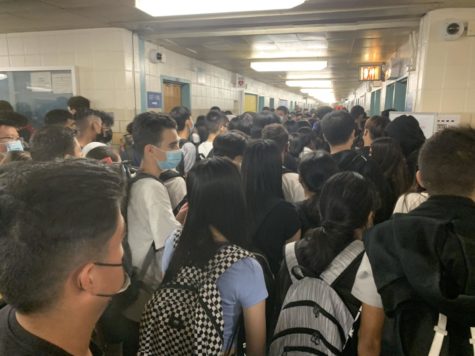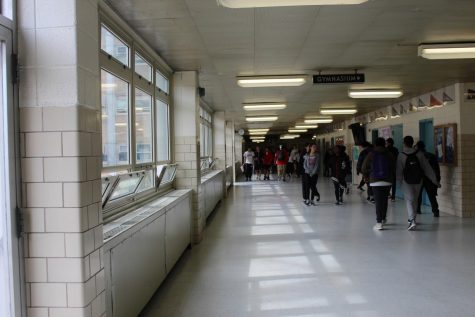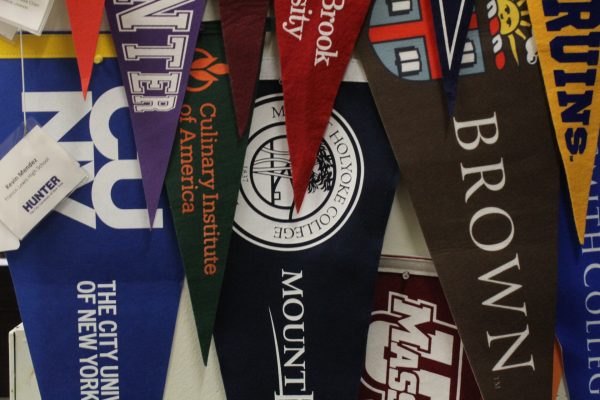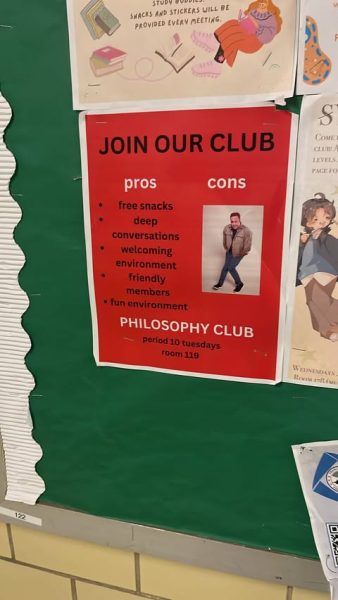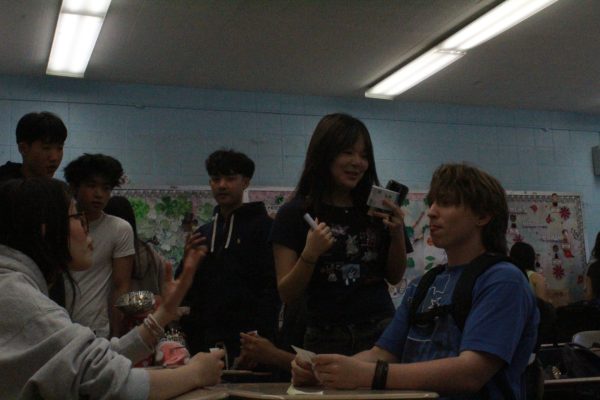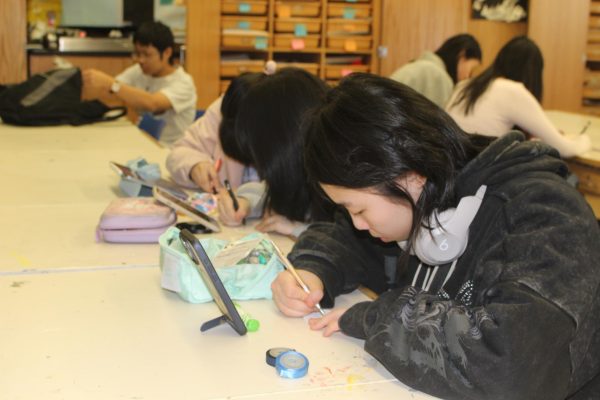Remote Learning Introduces Unique Challenges in the Fall Semester
The bright hue of the laptop flashes as students prepare for yet another zoom call. Like robots, they resume their weekly practice of waiting, sitting on the hard chair, waiting for their teacher to accept them into the call. The clock ticks as they wait, fidgeting with their fingers until suddenly a notification appears at the top of their screen. Another assignment due. Sighing, they swipe up, removing the message from their view to come face to face with their reflection. They silently enter the call.
As New York City public high school buildings continue to be closed, Francis Lewis students and teachers have continued learning and teaching via Zoom and Google Classroom. The sudden change has stirred up intense feelings for students and teachers alike.
“I am on my computer for seven hours, from 8:00-3:00 [pm] for live sessions and the rest of the day to complete my assignments online,” junior Emma Brantz said.
“The workload for my classes is a lot,” Brantz added. “All of my teachers give work almost every single day. It is hard to get in time to study. I do not think it is easily accomplishable, but I do think it is accomplishable with minimal free time.”
Francis Lewis students think that the pace of the lesson can be challenging as well.
“The teacher sometimes goes too fast and you know I can’t jot down the notes or I can’t hear them correctly,” sophomore Elda Llalloshi said. “I can’t really ask them to repeat cause then they’ll be like oh, wait till the end of class or after class, but I can’t because I have other classes.”
According to a new survey by BestColleges, students who are impacted by Covid-19 (81%) somewhat or strongly agree they are experiencing increased stress.
“It can be stressful at times when there’s a lot of work just thrown at you,” junior Nadia Rifani said. “I spend double the amount of time doing my work compared to being in school.”
FLHS students agree that they are facing a surge when it comes to the homework given during online instruction.
“I spend about 4 hours each day completing assignments for every class,” freshman Manahil Bhatti said. “This amount is different from in-person learning days because I would usually spend about 2 hours each day completing assignments for every class.”
“I believe that the teachers expect us to do more work than they would’ve before to compensate for less learning time,” senior Caleb Wang said.
Due to online learning, teachers have created new ways to educate their students, with less in-person communication and instruction available. An article from the New York Times shares the story of a few teachers and their experience with online learning. One teacher in particular, Mathew Kennedy, highlights how the “human connection” that comes with teaching has been “taken away” from him throughout this pandemic.
Similarly, Francis Lewis teachers have expressed concern about building relationships with their students through online learning.
“I think there are more disadvantages to online learning than advantages,” geometry teacher Ms. Kimyagarov said. “As a teacher, I feel like I can learn about my students academically but I do not know them personally as well as I would have if I saw them in person every day.”
“It is hard to tell if your students actually learned or retained any information,” Ms. Kimyagarov added. “It is hard to instill responsibility in the students as well because they have a lot of leeway and freedom in their school work. I find myself giving a lot of exceptions to students.”
FLHS teachers are also experiencing challenges when grading student work.
“It’s very time consuming having to grade digitally,” Chemistry honors teacher Ms. Kim said. “Having to open up a file each time and having to wait to load. You’re not even sure if when you’re returning it if they’re actually even looking it over.”
Ms. Kimyagarov agrees with Ms. Kim’s sentiment.
“I feel as though the workload during online teaching is a lot more than when I was teaching in person,” Ms. Kimyagarov added. “A lot more planning goes into remote teaching. I don’t see my students every day so instead of asking me questions in person, I am constantly getting emails from students.”
Already enduring the absence of communication that comes with online learning, mental factors pose another obstacle for students learning online.
“In a given day, I would like to say five to six hours since it all depends on how much homework I have or how much I have to study,” Llalloshi said. “Some days I might get up cranky. I might get up mad or sad, it all depends on that.”
Another difference for Francis Lewis teachers is the additional usage of technology when teaching remotely.
“The only thing I would say that’s different is that I’m trying to infuse more technology or virtual platforms,” AP English teacher Ms. O’Connell said. “Things like Padlet or nearpod, those are things I didn’t use when I planned for in-person learning that I am definitely trying to use more often now.”
Although this school year poses a unique set of challenges for both teachers and students at Francis Lewis, Ms. Kim believes that the end goal remains the same.
“I’m educating my students so that they can be ready for the next level of science, the next level of their education,” Ms. Kim said. “I feel like if I don’t do that, I haven’t really succeeded in educating my students.”

A senior at Francis Lewis and editor of Sports news, Jade is the youngest athlete in her family. Interested in the school support toward Francis Lewis...



